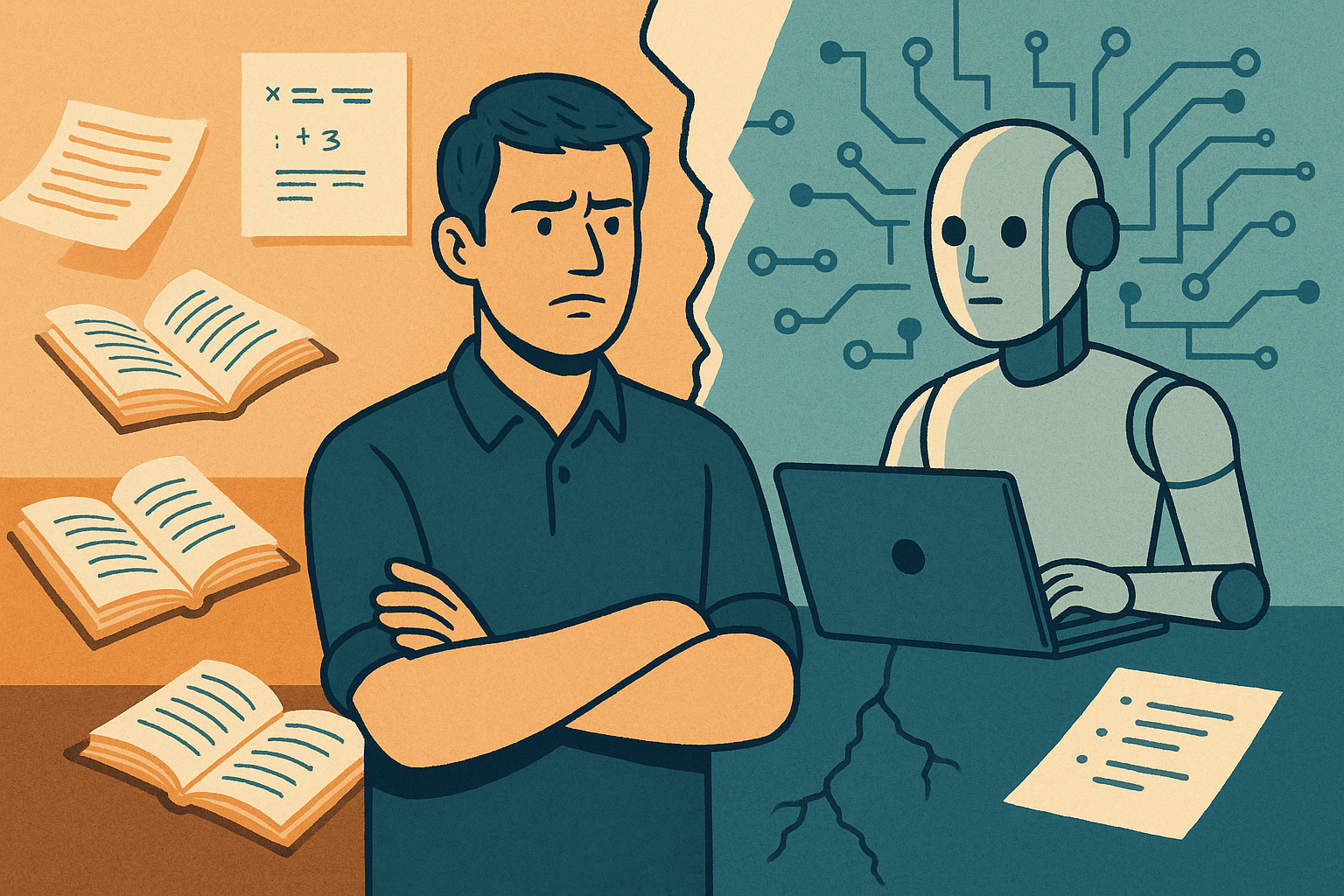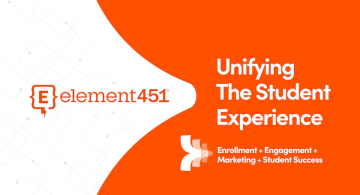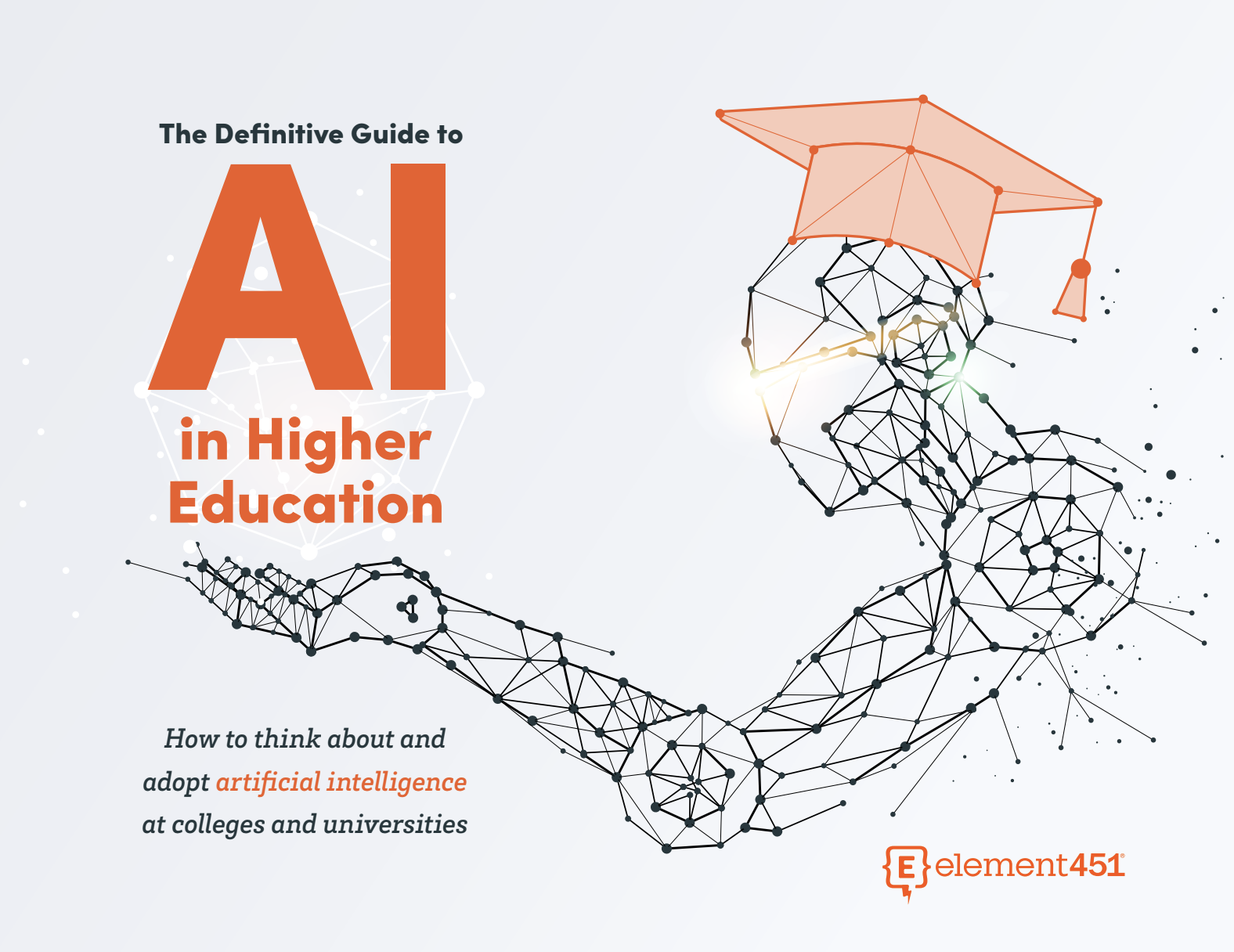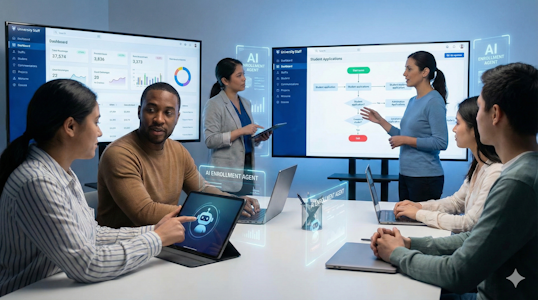AI Is Changing the Way We Learn—and Why That’s a Good Thing
by Ardis Kadiu · Updated Jul 16, 2025

AI didn’t break education. It revealed the cracks we’ve ignored for too long.
That’s how we kicked off Episode 77 of Generation AI, and honestly, I can’t stop thinking about it. As a parent, technologist, and someone who cares deeply about the future of learning, this conversation felt urgent. Today’s classrooms—middle schools, lecture halls, corporate trainings—aren’t where change begins. They’re where it’s accelerating. AI hasn’t disrupted education; it’s accelerated a long-overdue reckoning.
In this episode, we brought in longtime friend and creative technologist, Mike McGetrick, who teaches a generative AI design course at Brooklyn College. His students aren’t just learning new tools—they’re learning how to think differently. And that’s the shift that matters most.
From Output to Outcome
One story stuck with me: students in Mike’s class used to spend a week crafting a single project. Now, with AI, they can produce multiple versions in minutes—and actually apply design principles like composition, balance, and contrast in real time.
The result? Less grind, more growth. Less rote work, more real reflection.
That’s what learning is supposed to be. It’s not about effort for effort’s sake. It’s about friction, not fatigue. It’s about the moment your brain meets a challenge it doesn’t know how to solve, and you’re forced to stretch. AI can speed up the journey to those moments. But it’s still on us to help students own what happens next.
The Real Danger Isn’t Cheating
We talked about that viral New York Magazine article—“Everyone Is Cheating”. The story followed a student who used ChatGPT to coast through college. No original work, no intention to learn—just enough output to get by. But here’s the twist: the student didn’t go to school to learn. He went to the network. To find a partner. To join a future power circle.
That’s not a learning crisis. That’s a relevance crisis.
We’ve built an educational system that rewards performative effort—long essays, final exams, busywork. And now, we’re surprised when students use AI to shortcut their way through it? Maybe the issue isn’t the tools—it’s the outdated structure we’re clinging to.
AI as Coach, Not Crutch
Mike said something that stuck: “You own the output.” If you prompt AI to produce something—an image, a line of code, or an essay—you’re still responsible for the result. That’s a mindset shift we need to teach in classrooms.
Banning AI is a losing game. Teaching responsible use is the path forward. Use it as a coach, as a thinking partner, as a way to deepen their understanding, not dodge it.
Because the truth is, when AI is used well, it works. A recent meta-study looked at 51 research papers on ChatGPT’s impact on learning. It showed big gains in skill-building and problem-solving, but only after students used it consistently for 4–8 weeks. You can’t just plug it in and expect magic. You need time to develop that muscle.
Higher-order thinking improved moderately—but again, it depends on how you use the tool. I’ve used GPT-4o as a thought partner to explore ideas, generate analogies, and challenge my own assumptions. That’s not lazy thinking—it’s collaborative thinking.
The New Resume Is “AI-Ready”
Education and the workforce aren’t separate systems anymore. They’re part of the same loop.
Companies are already laying off staff and expecting those who remain to do more with AI. Job descriptions now ask for “AI fluency” or “prompt engineering.” Those skills aren’t extra—they’re expected.
Some say AI should sit on top of deep expertise. Others (I’m in this camp) believe generalists—people who can spot patterns, connect dots, and ask better questions—may be the best prepared to lead.
AI can go deep. We need people who know where to aim it.
So What Do We Do?
If I could change one thing in schools tomorrow, it’d be this: teach students how they learn. Literally. Build a course called My Learning Journey that explains how memory, attention, and growth actually work—and where AI fits in. If students understand the “why” behind their learning, they’re far more likely to use AI as a companion, not a crutch.
This is a moment of transformation—but also of incredible possibility. Let’s stop trying to put the genie back in the bottle.
Let’s redesign the bottle.
Because AI didn’t break education. It just told us the truth about it. Listen to the full episode of Generation AI today.

About Element451
Boost enrollment, improve engagement, and support students with an AI workforce built for higher ed. Element451 makes personalization scalable and success repeatable.
Categories
New Blog Posts

The Definitive Guide
AI in Higher Education
Bridge the gap between the latest tech advancements and your institution's success.
Related Articles

Talk With Us
Element451 is the only AI Workforce Platform for higher education. Our friendly experts are here to help you explore how Element451 can improve outcomes for your school.
Get a Demo








